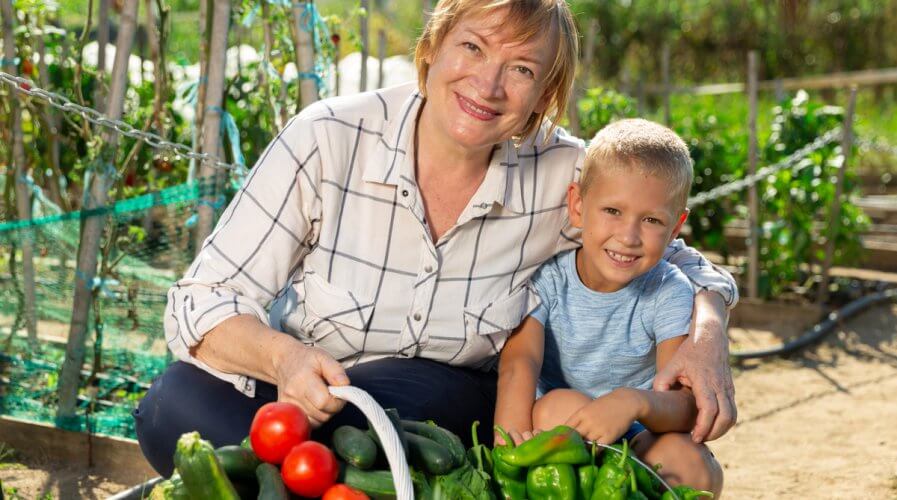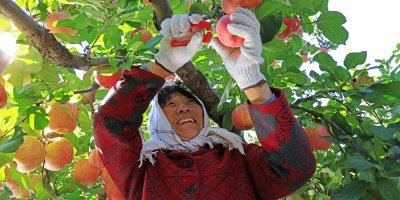
Can the internet of things really transform agriculture? Australia is about to find out. Source: Shutterstock
Australia set to turbocharge internet of things trial in its farms in Victoria
FARMERS everywhere know that feeding the world’s growing population means boosting productivity per hectare. Governments and private enterprises, therefore, are turning to technology — primarily, the internet of things.
With sensors and camera collecting relevant data from the farms, the internet of things make it possible to use big data analytics and artificial intelligence to create interesting insights.
In Australia, the Victorian Government is developing a program to provide AUD12 million (US$8 million) in funding, and guidance and technical support, to help farms keen to trial the internet of things.
To provide connectivity to farms involved in the trial, the government body has decided to use low-power wide-area network (LoRaWAN) technology.
According to the announcement, LoRaWAN will allow thousands of sensors to be securely connected to the internet, providing farmers with real-time data to improve their on-farm productivity, efficiency, and sustainability.
It will further provide support to the wider community, improving connectivity in the region so everyone in the region can benefit from the state’s growing digital economy.
“Our internet of things trial has the potential to revolutionize farm businesses, putting Victorian farmers at the forefront of agricultural innovation,” said Minister for Agriculture Jaclyn Symes.
Information that the Victorian Government’s trial aims to collect includes data about the weather, soil moisture, microclimate (leaf wetness, frost, rain gauge, wind speed, wind direction, and light-sensing), plant growth, and plant stress.
Making the choice to go with LoRaWAN will ensure that trial sites in the Maffra, Tatura, Serpentine, and Birchip regions are all ready to go — moving the on-farm IoT trials into production.
Aside from Australia, China is also making significant progress with IoT in farmlands.
The country has partnered with farms, technology companies, and network providers to build ecosystems that fuel innovation. Given their fast-tracked rollout of 5G, it is natural that the advanced network is being leveraged to provide connectivity.
According to case study provided to Tech Wire Asia last year, IoT-powered strawberry greenhouse trials in the country’s Shunyi district saw production increase by more than 100 percent compared to traditional greenhouses; cumulative production for the season reached 75,000 kg per hectare compared to 33,750 kg per hectare.
While that’s just one use case, the reality is that those results are easy to replicate as seen in tomato farms or even silk and milk farms in China.
In the future, farmers across the world are expected to use technology, especially the internet of things, to drive efficiency and boost overall productive capacity.
READ MORE
- Ethical AI: The renewed importance of safeguarding data and customer privacy in Generative AI applications
- How Japan balances AI-driven opportunities with cybersecurity needs
- Deploying SASE: Benchmarking your approach
- Insurance everywhere all at once: the digital transformation of the APAC insurance industry
- Google parent Alphabet eyes HubSpot: A potential acquisition shaping the future of CRM


